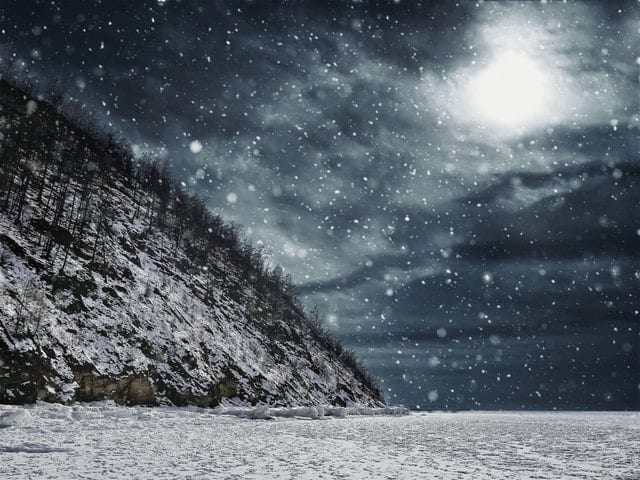Storms can negatively impact your business in a number of ways, including transportation, production, and structure. The most important are potentially serious dangers to employee health. Being prepared lets you safeguard all staff members, from drivers to office personnel.
To make sure all employees know what to do in weather-related emergencies, regular drills are essential. The first step is to identify what severe weather exists locally. Data analytics from weather detection systems is a big help.
Here are three storm emergencies that should be at the top of your severe weather curriculum
:
1. Tornadoes
These destructive storms can decimate business structures and seriously injure employees left in the open or near windows. In order to avoid possible workplace liability, you need to have clearly defined procedures in place and include them in practice drills:
- Designated shelters
- Warning system
- Marked pathways
- Plan to account for employees
- Emergency procedures for chemical spills and aftermath events
Make sure your employees know what to do before, during, and after the storm.
2. Hurricanes
If your business is located in a hurricane-prone area, teaching employees how to react and what to expect is vital. It can be necessary to divide employees into groups based on their responsibilities, as well as hold general preparedness sessions for workers on a family level. Here are possible topics:
- Essential go bag items
- Safe evacuation steps
- Company emergency communications procedures
- Structural protection instructions

3. Blizzards
Blizzards create unique organizational hazards depending on your business. Employees need to know how to deal with excessive snow and ice when transiting inside open-air facility sections as well as on their way to work.
Tips for Planning and Executing Emergency Drills
- Keep things simple and clear
- Plan drills well ahead of time
- Implement drills yearly, before severe weather arrives
- Use visual aids to communicate procedures
Once your employees are ready for the worst, keep them safe by monitoring local weather regularly. In addition to making sure your drivers reach their destinations on time, a professional weather station
at your facility lets you give employees significant advance warning. This also helps you adjust production by taking into account adverse conditions.